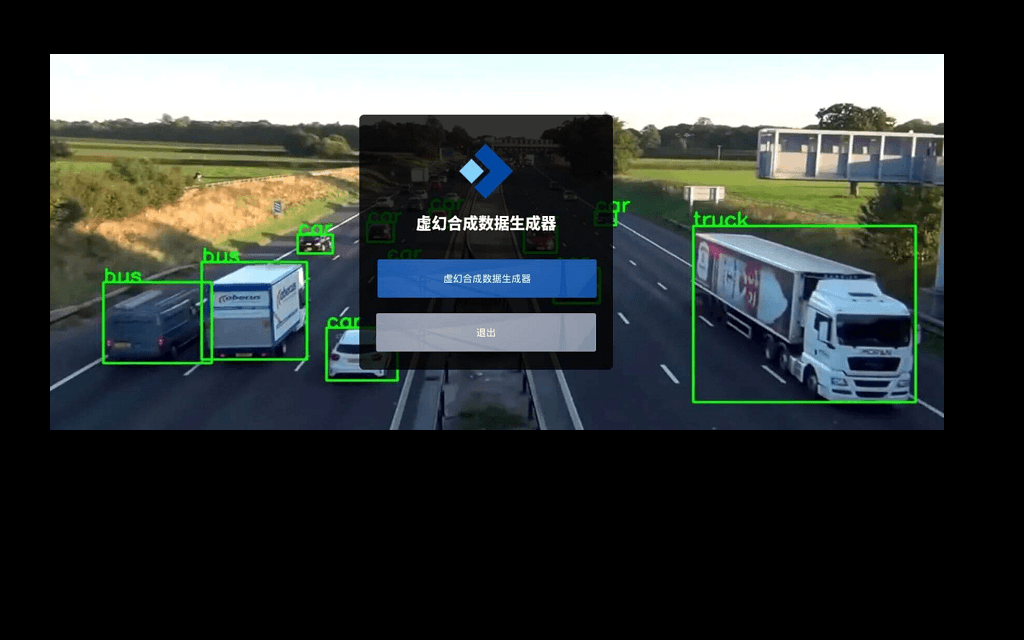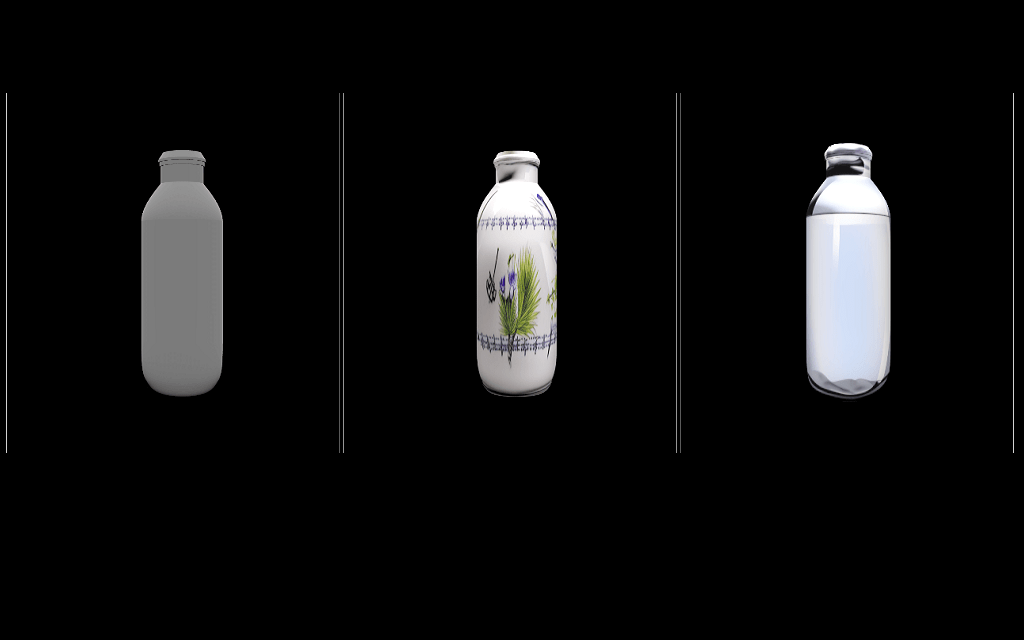✨ bert-restore-punctuation
This a bert-base-uncased model finetuned for punctuation restoration on Yelp Reviews.
The model predicts the punctuation and upper-casing of plain, lower-cased text. An example use case can be ASR output. Or other cases when text has lost punctuation.
This model is intended for direct use as a punctuation restoration model for the general English language. Alternatively, you can use this for further fine-tuning on domain-specific texts for punctuation restoration tasks.
Model restores the following punctuations -- [! ? . , - : ; ' ]
The model also restores the upper-casing of words.
🚋 Usage
Below is a quick way to get up and running with the model.
- First, install the package.
pip install rpunct
- Sample python code.
from rpunct import RestorePuncts
# The default language is 'english'
rpunct = RestorePuncts()
rpunct.punctuate("""in 2018 cornell researchers built a high-powered detector that in combination with an algorithm-driven process called ptychography set a world record
by tripling the resolution of a state-of-the-art electron microscope as successful as it was that approach had a weakness it only worked with ultrathin samples that were
a few atoms thick anything thicker would cause the electrons to scatter in ways that could not be disentangled now a team again led by david muller the samuel b eckert
professor of engineering has bested its own record by a factor of two with an electron microscope pixel array detector empad that incorporates even more sophisticated
3d reconstruction algorithms the resolution is so fine-tuned the only blurring that remains is the thermal jiggling of the atoms themselves""")
# Outputs the following:
# In 2018, Cornell researchers built a high-powered detector that, in combination with an algorithm-driven process called Ptychography, set a world record by tripling the
# resolution of a state-of-the-art electron microscope. As successful as it was, that approach had a weakness. It only worked with ultrathin samples that were a few atoms
# thick. Anything thicker would cause the electrons to scatter in ways that could not be disentangled. Now, a team again led by David Muller, the Samuel B.
# Eckert Professor of Engineering, has bested its own record by a factor of two with an Electron microscope pixel array detector empad that incorporates even more
# sophisticated 3d reconstruction algorithms. The resolution is so fine-tuned the only blurring that remains is the thermal jiggling of the atoms themselves.
This model works on arbitrarily large text in English language and uses GPU if available.
📡 Training data
Here is the number of product reviews we used for finetuning the model:
| Language | Number of text samples |
|---|---|
| English | 560,000 |
We found the best convergence around 3 epochs, which is what presented here and available via a download.
🎯 Accuracy
The fine-tuned model obtained the following accuracy on 45,990 held-out text samples:
| Accuracy | Overall F1 | Eval Support |
|---|---|---|
| 91% | 90% | 45,990 |
Below is a breakdown of the performance of the model by each label:
| label | precision | recall | f1-score | support |
|---|---|---|---|---|
| ! | 0.45 | 0.17 | 0.24 | 424 |
| !+Upper | 0.43 | 0.34 | 0.38 | 98 |
| ' | 0.60 | 0.27 | 0.37 | 11 |
| , | 0.59 | 0.51 | 0.55 | 1522 |
| ,+Upper | 0.52 | 0.50 | 0.51 | 239 |
| - | 0.00 | 0.00 | 0.00 | 18 |
| . | 0.69 | 0.84 | 0.75 | 2488 |
| .+Upper | 0.65 | 0.52 | 0.57 | 274 |
| : | 0.52 | 0.31 | 0.39 | 39 |
| :+Upper | 0.36 | 0.62 | 0.45 | 16 |
| ; | 0.00 | 0.00 | 0.00 | 17 |
| ? | 0.54 | 0.48 | 0.51 | 46 |
| ?+Upper | 0.40 | 0.50 | 0.44 | 4 |
| none | 0.96 | 0.96 | 0.96 | 35352 |
| Upper | 0.84 | 0.82 | 0.83 | 5442 |
☕ Contact
Contact Daulet Nurmanbetov for questions, feedback and/or requests for similar models.



